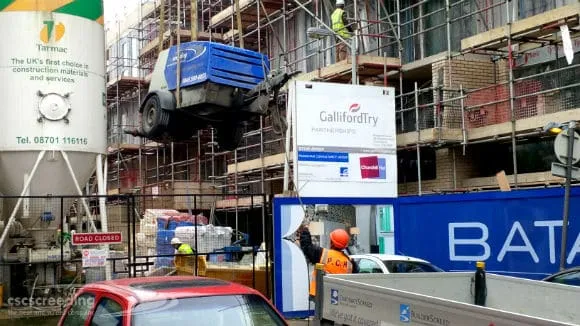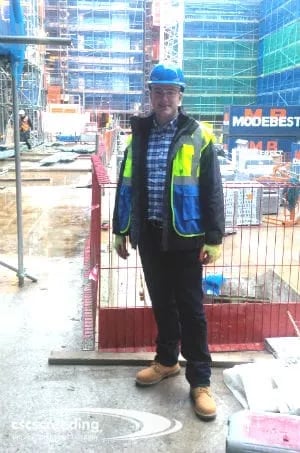
Efficient Planning Can Reduce Screeding Project Timescales
Careful planning at the outset, as well as during a screeding task, is critical to complete projects on schedule and within budgets. The top screeding contractors have demonstrated repeatedly that efficient planning can help deliver projects before deadlines. But why is it so important to complete projects on time?
Reputation is just part of the picture; the other part is productivity. Low productivity leading to high costs has always been a problem for the entire construction industry. To increase productivity, implementing effective time management procedures has become extremely important, especially in large construction companies with multiple departments.

A professional screeding company can make all the difference to a project.
Depending on project scope and timelines, screeders use screed formulations that fall into one of these two categories:
Ready-mixed screeds
Ready-mixed screeds come with a series of positives and negatives. Besides ensuring a certain level of quality and convenience, this type of screed can save time and money associated with labour; eliminate the need to procure and store different materials, such as cement, sand, aggregates, and admixtures, required to prepare the screed, which can be a time-consuming process; help reduce waste; and speed up projects. Increased speed coupled with lower costs relating to labour and wastage results in considerable savings to clients.
On the downside, ready-mixed screeds are more expensive than site-mixed screeds and contain certain admixtures, which can affect curing and drying times along with project timescales and budgets. If the screed is refused or can not be delivered due to various reasons, such as last-minute changes, site conditions, etc., the setting process may begin, which could lead to waste and generate an important environmental problem.
Site-mixed screeds
Although mixing screeds on site is a time-consuming, labour-intensive operation, most contractors prefer these screeds especially because they can have complete control over screed formulations, mixing techniques, and equipment used. It is true that mixing screeds on site can lead to specific issues, such as batch-to-batch variations, incorrect mix proportions, or insufficient mixing. However, these issues will be minimised significantly if screeds are mixed by professionals. Additionally, expert screeders can easily adapt site-mixed screeds to site conditions and follow a phased approach, mixing only the amount of screed needed, when it is needed.

Site mixed screed can give you greater flexibility, planning is essential
For the best results, specialist screeding contractors use high-quality materials, which are mixed with force-action mixers. Additionally, additives can be easily incorporated to accelerate curing, drying, and hardening times whenever necessary, giving screeders more flexibility and control over projects. Since screeders can easily modify site-mixed screeds to adapt to specific requirements, they can reduce the amount of waste significantly – a difficult thing to do with ready-mixed screeds.
In conclusion, opting for the right type of screed and planning each stage of a screeding job in detail can help companies manage efficiently large construction projects. That is because effective, detailed planning leads to orderly allocation of resources to specific operations, facilitating optimum resource utilisation, preventing wastage, and enhancing performance to provide a competitive edge.
At CSC Screeding, we are aware that planning is critical for the management and execution of large-scale screeding projects. Since planning involves the definition of work tasks, resource estimation, schedules, budgets, and choice of technology, we have developed a meticulous planning system, which can help us succeed where others fail.
